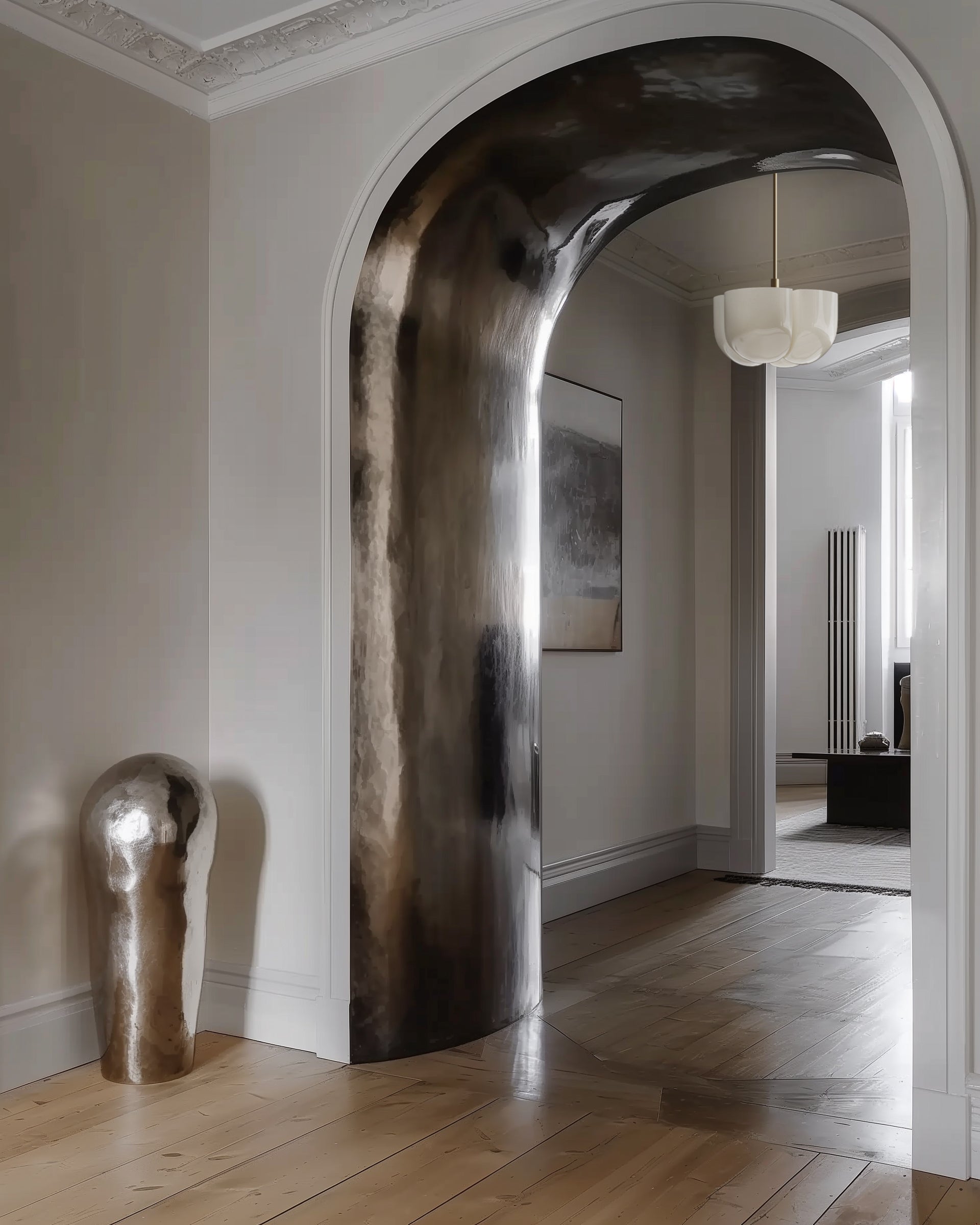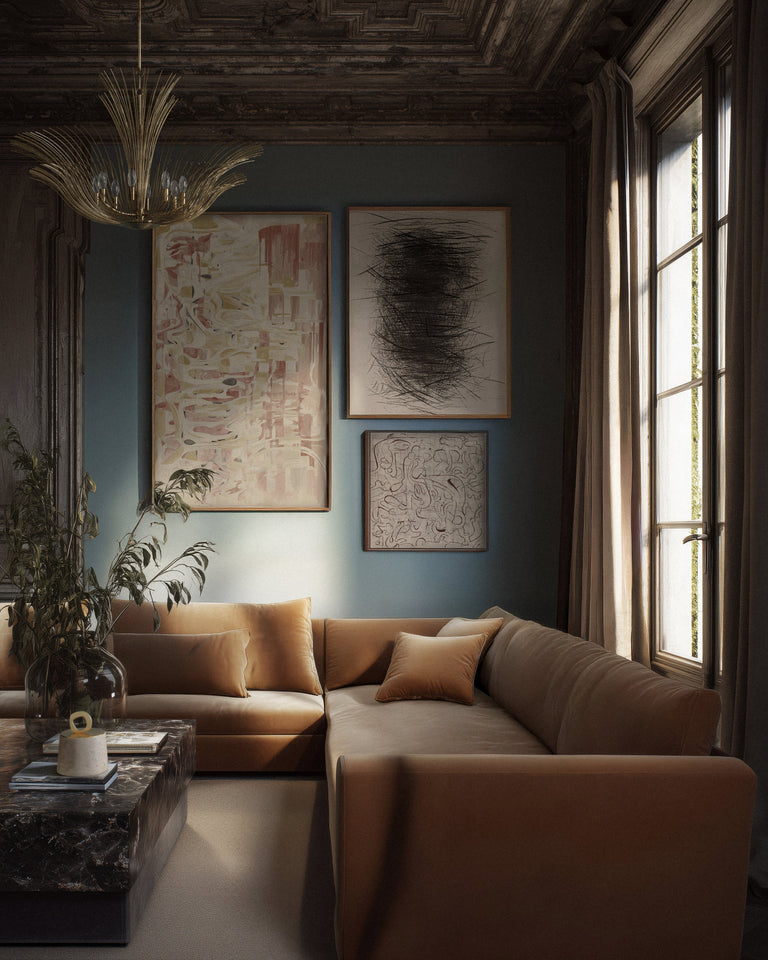
Doorway Passages as Design Features
The Historical Importance of Doorway Passages and Their Meaning in Architecture:
Doorway passages have been integral to architectural design throughout history, serving both functional and symbolic purposes. These transitional spaces hold rich meanings, reflecting the cultural, spiritual, and societal values of the civilizations that constructed them.

Doorway Passages: A Symbol of Transition
From ancient times, doorways have symbolized transitions, marking the threshold between different realms or states of being. In ancient Egyptian architecture, the doorways of temples were not just physical entries but were believed to be portals to the divine. These passages marked the transition from the mundane world to the sacred, with elaborate carvings and inscriptions that depicted religious myths and deities.

Medieval Doorways: Guardians of Sacred Spaces
In medieval Europe, the grand doorways of cathedrals and churches were designed to inspire awe and reverence. These entrances often featured intricate carvings and sculptures that told biblical stories and depicted saints. The doorway served as a visual sermon for the illiterate masses, guiding them toward spiritual enlightenment. Additionally, these doorways were considered protective barriers, guarding the sacred interior from evil spirits and providing a sense of sanctuary for the faithful.

Eastern Philosophy: The Harmony of Doorways
In Eastern architecture, particularly in Chinese and Japanese traditions, doorways are designed with a focus on harmony and balance. The placement and design of doorways adhere to the principles of Feng Shui, ensuring that the flow of energy, or "qi," is optimized. These doorways often feature symbolic elements like guardian lions or intricate latticework that reflect cultural beliefs about protection and prosperity.

Modern Reflections: Doorways in Contemporary Architecture
In modern architecture, doorways continue to hold symbolic significance. They are often designed to reflect the identity and purpose of a building. For instance, the grand, welcoming doorways of public institutions symbolize openness and accessibility, while secure, reinforced doorways of private residences signify safety and privacy.

Doorways: More Than Just an Entry Point
Throughout history, doorways have been much more than mere entry points. They have been powerful symbols of transition, protection, and cultural identity. Whether through the grand portals of ancient temples, the intricately carved entrances of medieval cathedrals, or the harmonious gateways of Eastern architecture, doorways have played a pivotal role in conveying the values and beliefs of societies.

Understanding the historical importance of doorway passages allows us to appreciate the depth of meaning behind these architectural elements. Next time you walk through a doorway, consider the layers of history and symbolism that have shaped its design and purpose.
Doorway passages are not just architectural features; they are historical artifacts that reflect the evolution of human civilization. From their role as sacred portals to their function as protective barriers, doorways have always been imbued with deep significance. As we continue to design and build, the legacy of doorway passages reminds us of the enduring power of architecture to shape and reflect our cultural and spiritual journeys.
Recent Edits



